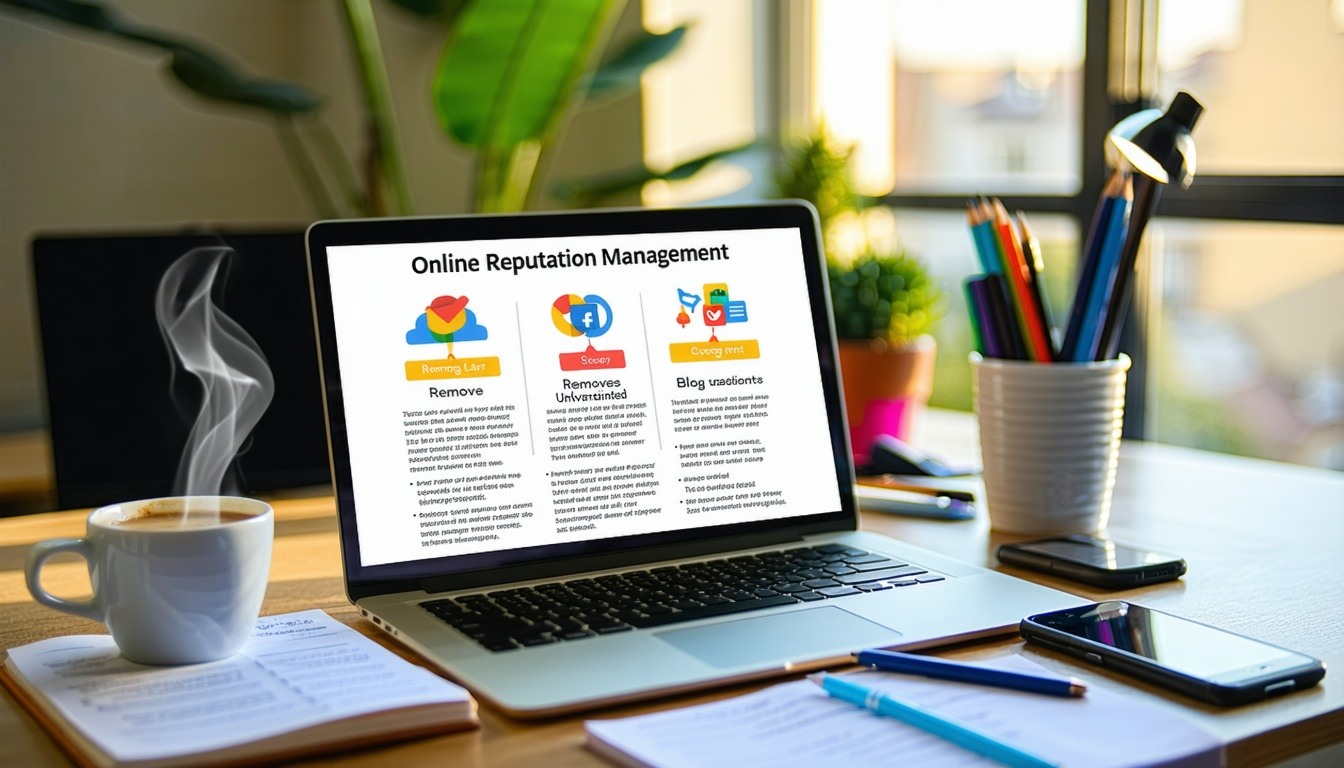How Multi-Platform Selling Helps Entrepreneurs Scale Their Resale Businesses

The resale space has evolved from casual listings into a dependable path for thousands of independent business owners.
From vintage product curators to full-time electronics traders, more individuals are turning pre-owned goods and unique finds into scalable income streams using digital marketplaces.
There are solid reasons behind this shift.
Selling secondhand goods demands less capital. The need for affordable or hard-to-source items continues to grow. Online platforms like eBay, Mercari, and Poshmark have lowered the barrier for sellers to connect with buyers quickly.
Yet with this ease comes increased competition. More stores, more algorithms, and higher expectations for delivery and pricing.
This is where multi-channel selling moves from helpful strategy to business necessity.
Why Cross-Listing Matters in 2025
Cross-posting means adding the same product to different e-commerce sites.
Each platform comes with its own customer base, visibility rules, and user behaviour. Listing across more than one channel improves exposure, unlocks access to new audiences, and helps reduce stagnation.
Entrepreneurs often run into limitations when selling on just one marketplace:
- Promotions have limited reach across platforms
- Search visibility weakens in overcrowded categories
- A sudden ban or account restriction halts all operations
- Sales fluctuate due to seasonal changes or algorithm shifts
By diversifying your listings, you minimise dependency and increase discoverability. The same inventory now works harder, gets seen more often, and sells faster.
This is not a workaround. It’s a growth method that matches how modern consumers shop.
Real-World Example: How to Cross List from eBay to Mercari
Here’s how it plays out in practice.
A growing number of sellers are asking how to cross list from eBay to Mercari without risking account issues or duplicating their entire workflow. Mercari offers a younger audience, strong mobile performance, and a simple buying experience.
But copying over listings by hand is time-heavy and opens the door for mistakes. Incorrect quantities or mismatched prices can frustrate buyers and hurt your credibility.
Automation tools take care of the manual steps. You move your eBay catalog into Mercari, adjust only what’s needed, and launch it live within minutes.
This approach saves time and keeps your inventory aligned across channels. It also means fewer errors and a more consistent buyer experience.
Comparing Tools: Features vs. Pricing
More tools are available now to support cross-platform selling, but that raises an important question: are they worth the cost?
Business owners are cost-aware and want technology that adds real value. Many compare available features, performance, and monthly fees. That’s why searches around vendoo pricing continue to trend among resellers.
Software should simplify your day, not complicate it. Here are a few benefits worth considering:
- Quantity syncing across all connected platforms
- Easy-to-use templates for standardising your product listings
- Batch editing to adjust details on multiple listings at once
- A unified workspace to manage everything from one screen
Value is not just about cost. It’s about saving time and preventing avoidable errors that slow down your growth.
Choose a tool that fits your structure, your pace, and your specific product categories.
Emerging Platforms: Are They Worth It?
The resale space is always evolving, and that includes the marketplaces themselves.
Whatnot is one of the newer platforms gaining attention. Built around live video sales and community interaction, it targets sellers of collectibles, sneakers, and similar items.
Naturally, people are asking, is Whatnot legit?
It is a legitimate selling app, and it has attracted a strong user base. That said, it operates differently from more traditional platforms. It may work well for sellers with strong personalities or audiences, but it is not ideal for everyone.
Approach new platforms with intent, not just curiosity. Test with a few items. Learn the audience. See what works.
It is not about being first. It is about being right for your brand.
The Entrepreneurial Takeaway
Selling on multiple platforms creates options. It also builds resilience into your setup.
You are no longer dependent on a single system or at the mercy of policy changes. You gain control over your reach, your sales, and how you manage your time.
You also build real insight.
Some platforms will sell certain categories faster than others. Some audiences will respond better to specific titles or images. These patterns are only visible when you test across more than one location.
For smaller teams or solo operators, cross-listing becomes a way to grow revenue without increasing hours worked.
It is not just a technique. It is a business model built around flexibility.
Conclusion
Multi-platform selling is a practical way to expand your customer base and reduce operational risks.
It helps entrepreneurs stay nimble, unlock new revenue paths, and create a more stable sales system. Whether you use it to scale or simply keep your business moving, it has become a core strategy for success in digital commerce.
You do not need to be present on every platform. But having a smart, well-managed cross-listing system puts you in control of your outcomes.
You are building more than listings. You are building a system that can grow with you.
Related Posts
Join the movement.
Your Entourage journey starts here. Join Australia's largest community of over 500,000 business owners and entrepreneurs, and receive instant access to exclusive content and updates delivered straight to your inbox.




